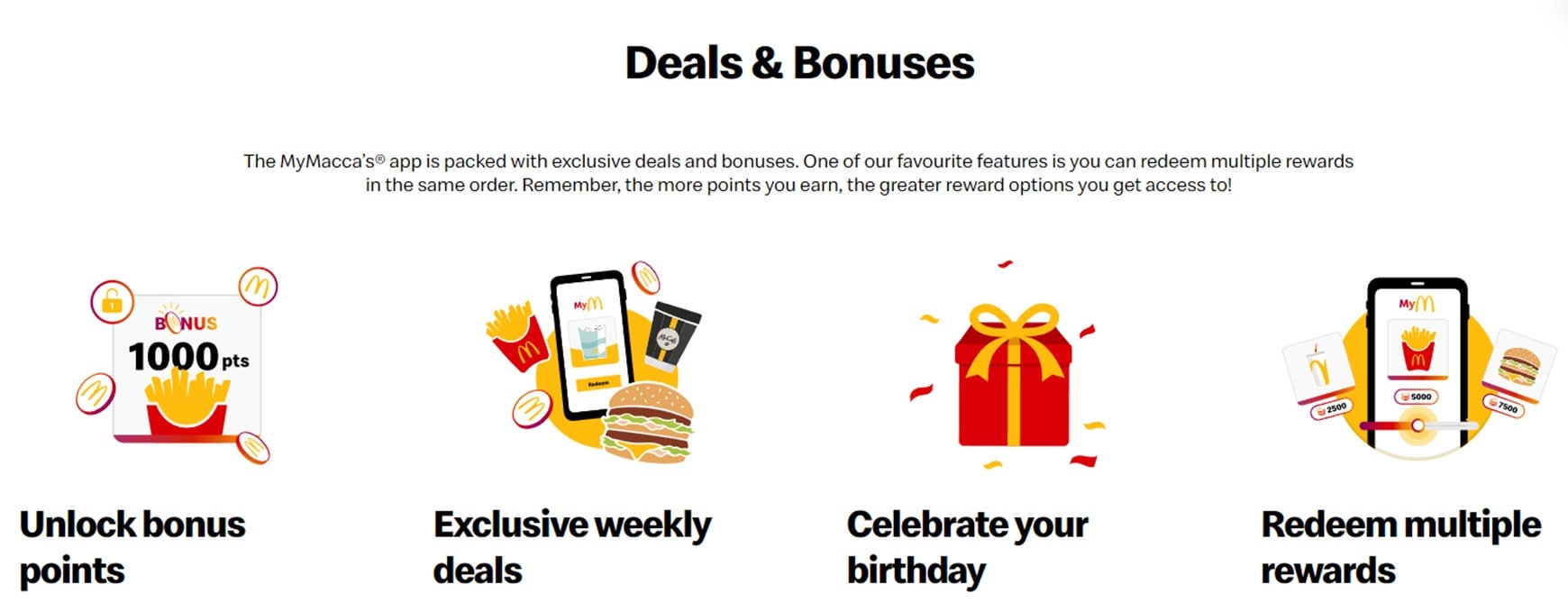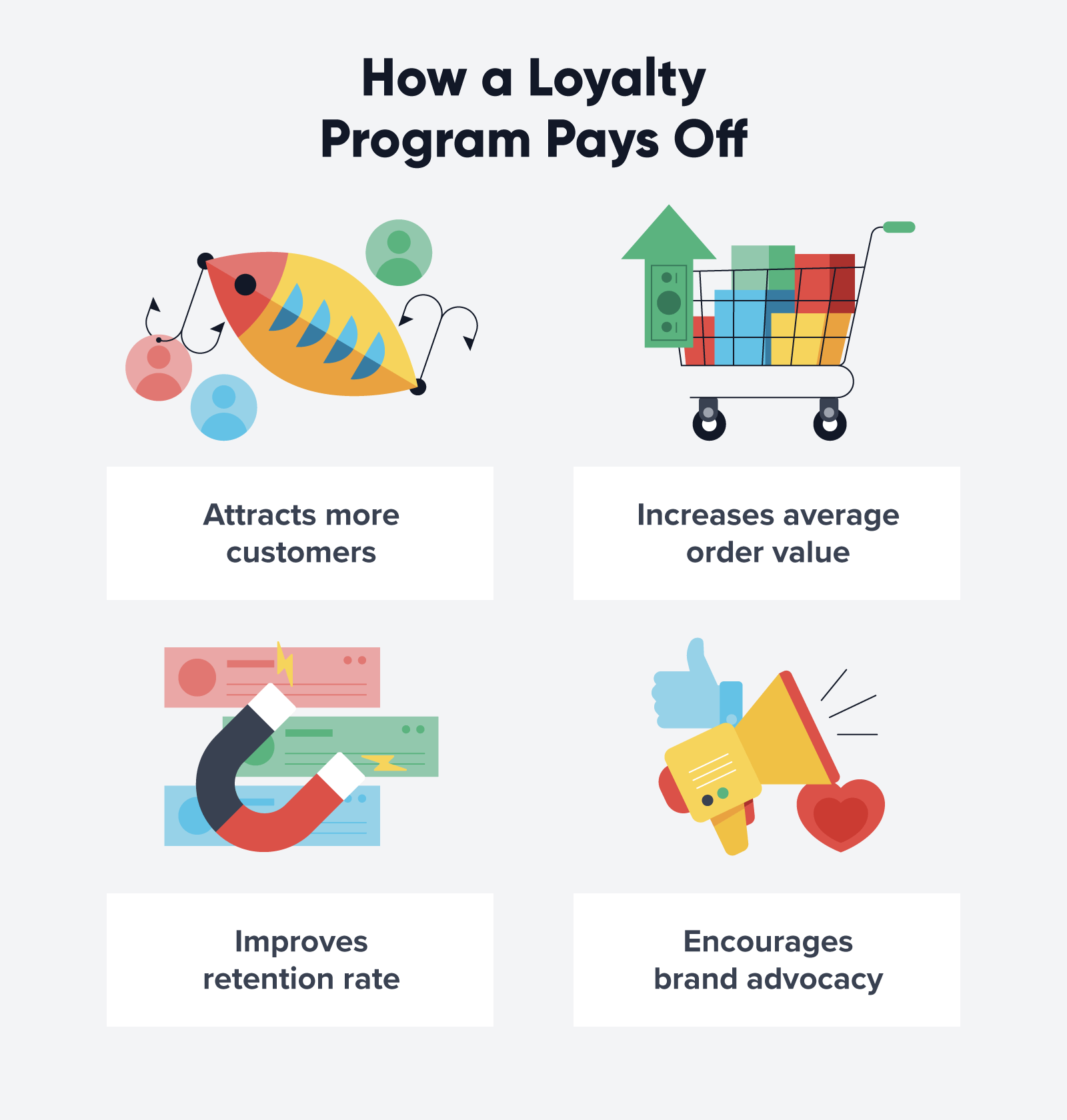Building Trust Through Loyalty: Lessons from Stephanie Joseph-Flatts
This week during my Strategic Relationship Marketing Seminar Series with Katidja Youssouf, we had the pleasure of hearing from Stephanie Joseph-Flatts. Stephanie is a George Brown College graduate from the class of 2009, while also holding a diploma in Business Administration Marketing. She has over 16 years of experience in the marketing field, and she focused on a crucial part of the industry today—loyalty marketing.

Stephanie also talked about the goal of moving customers to the advocacy stage. This stage focuses on not only keeping customers happy but also turning them into people who can promote your brand for you to others. I thought this was a really important point. The way I think about it, as a customer myself, I tell my friends and family about products or brands that I truly love. Hearing her talk about how businesses can get to that point with their customers gave me a new perspective.
Stephanie shared four main types of loyalty programs that companies use:
- Points-based reward programs—like PC Optimum, where you collect points when you shop.
- Cashback reward programs—where you get money back based on your spending.
- Tiered rewards programs—where the more you spend, the more benefits you unlock.
- Customer loyalty programs—which can be a mix of all the above.

Stephanie gave examples such as PC Optimum and Scene+, which are loyalty programs that I use. It was interesting to see how these programs don't only focus on giving rewards but also focus on collecting data to understand their customer. She explained how businesses use this data for consumer personalization—personalized offers, recommendations, and everything to improve the customer experience. There is a lot of strategy behind all the weekly offers and promotions that I get from these loyalty programs I am a part of.

What I really enjoyed and appreciated was how Stephanie made the content engaging, relatable, and easy to understand. We had a really nice discussion while she gave real-world examples and engaged with the class. I didn't feel like I was listening to a lecture; it felt more like a conversation. What also really stuck with me is when she mentioned how important it is to keep learning and to never be afraid to try new things in your career. This really caught my attention because, as a student, I often worry about whether or not I am on the right path. Hearing from someone who came from the same school and place as I am now really gave me a boost of confidence.
Stephanie's talk made me think more in-depth about loyalty and retention as a career. I know that I have always been interested in marketing, but my focus was more on creative campaigning and social media. I am now, throughout this program and listening to Stephanie, starting to see how important the customer journey is. I am definitely more interested in working on customer experience and CRM in the future. Overall, Stephanie's seminar reminded me that successful marketing is about relationships, not just sales. Loyalty programs are a way for brands to show that they care about their customers, building long-term trust. This session gave me more insight and a better understanding of what loyalty marketing looks like in the real world and a possible direction for my career.



Comments
Post a Comment